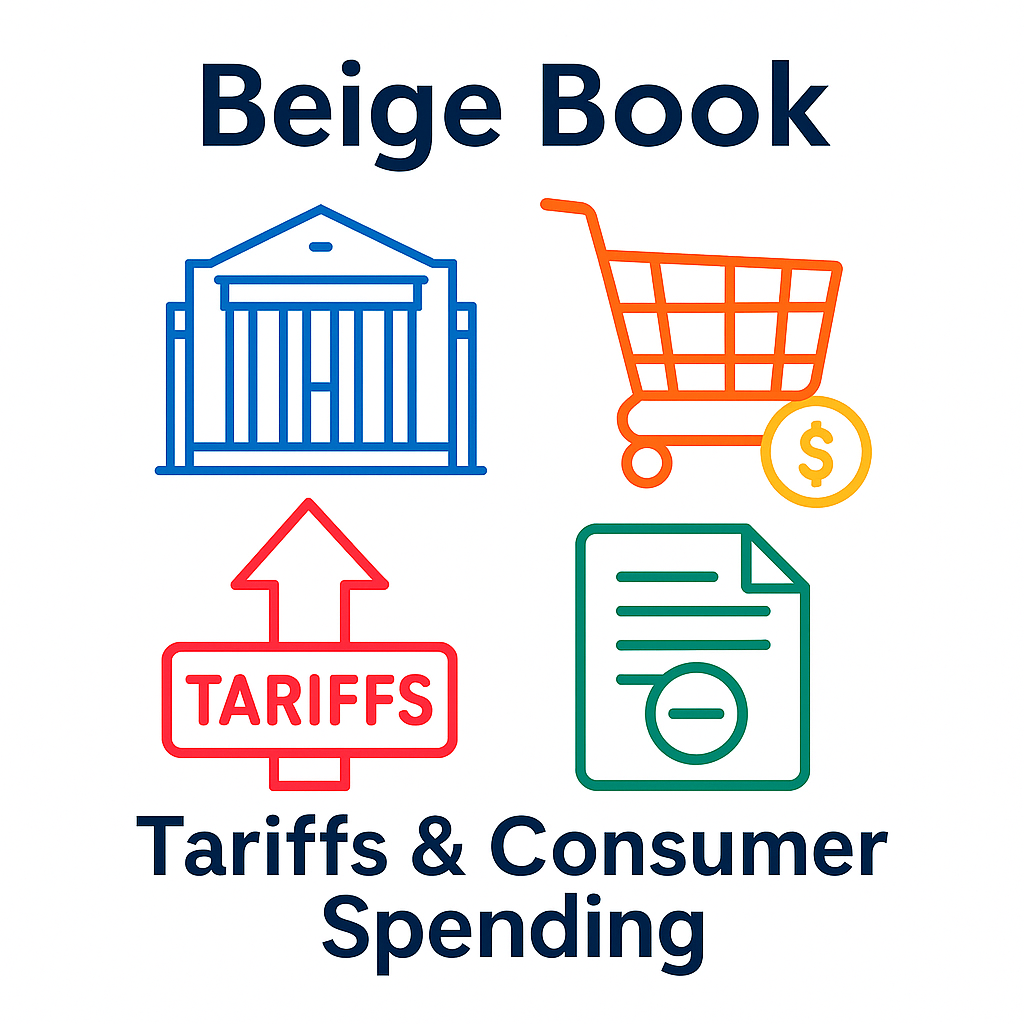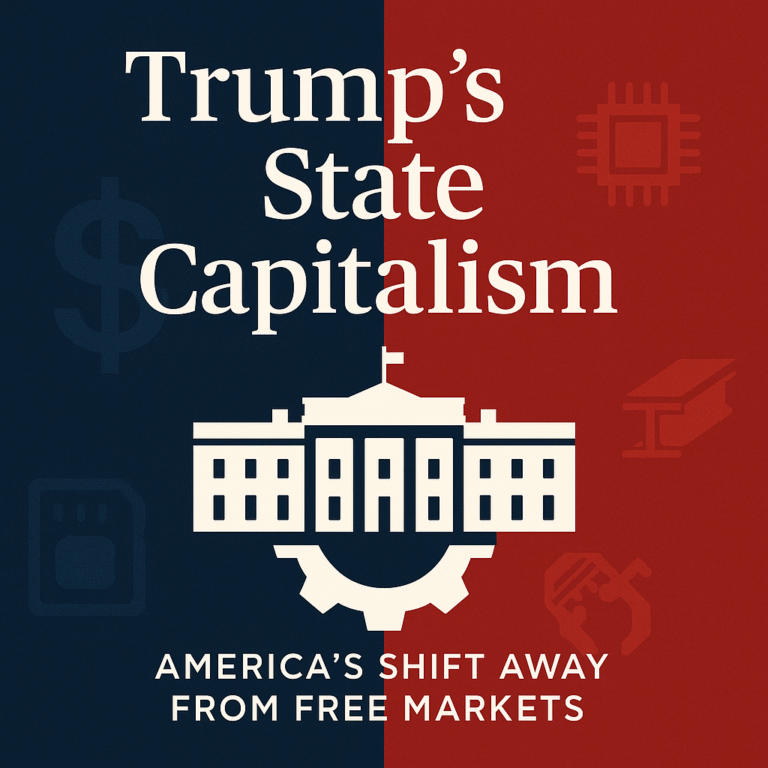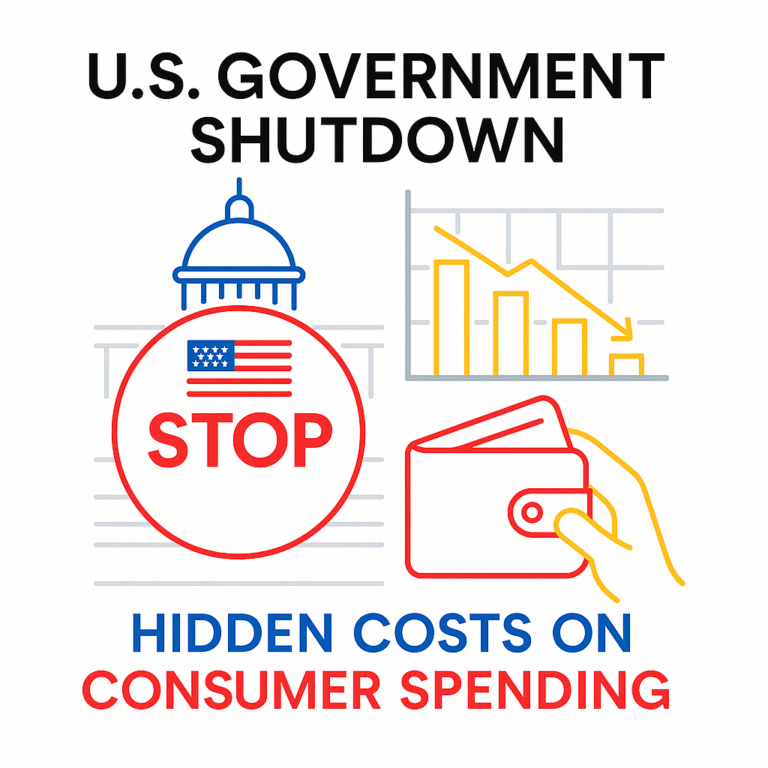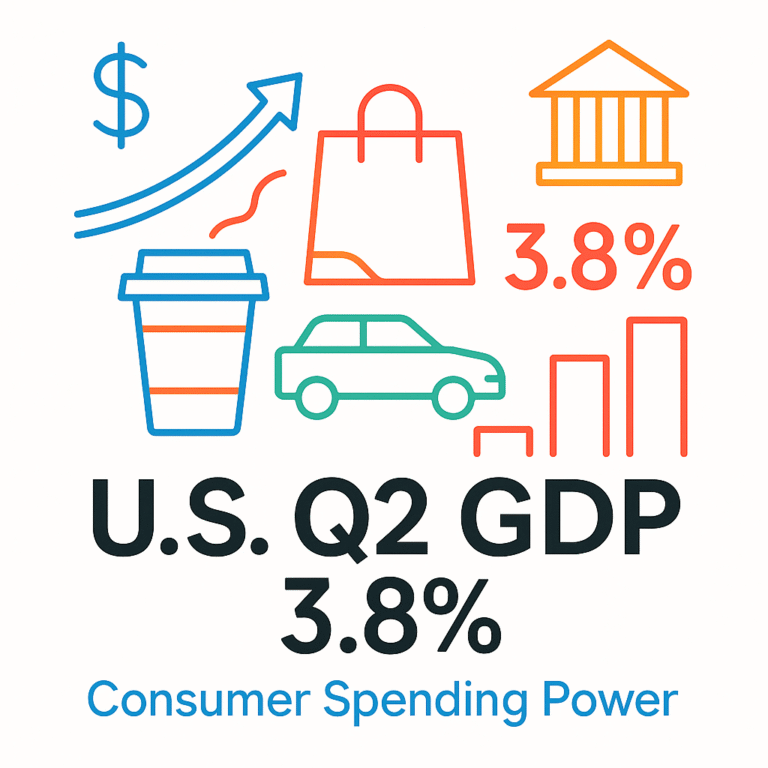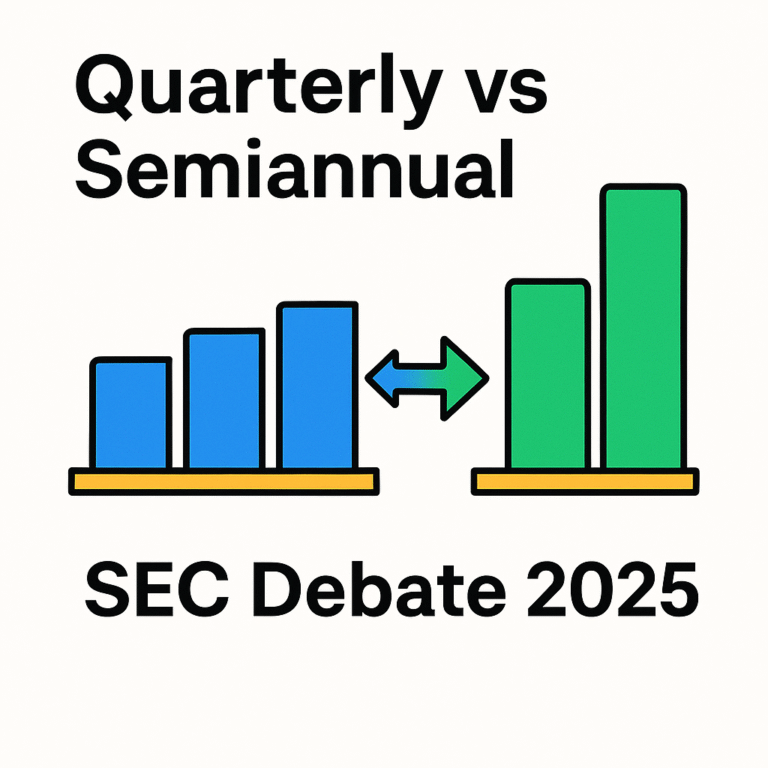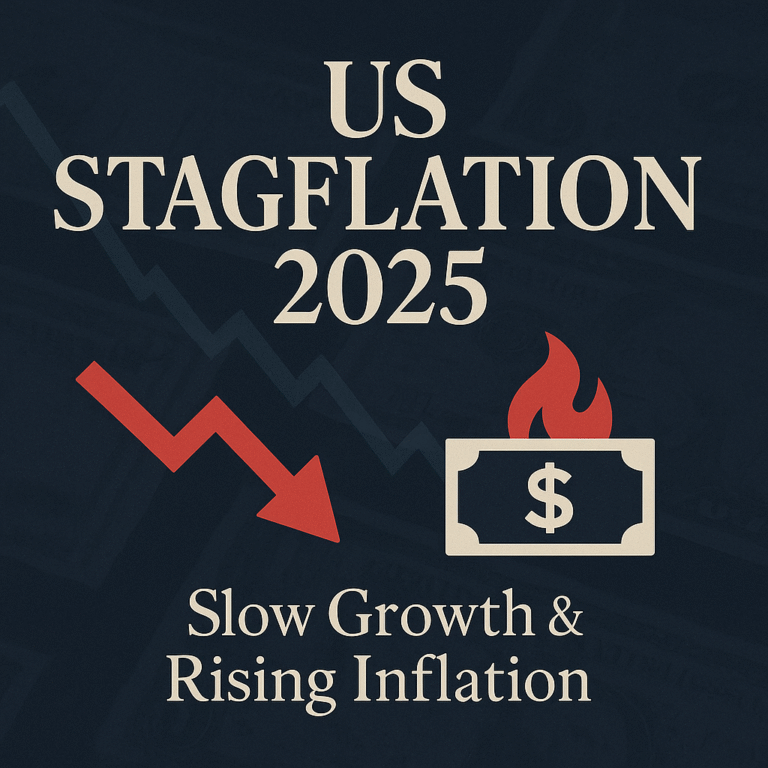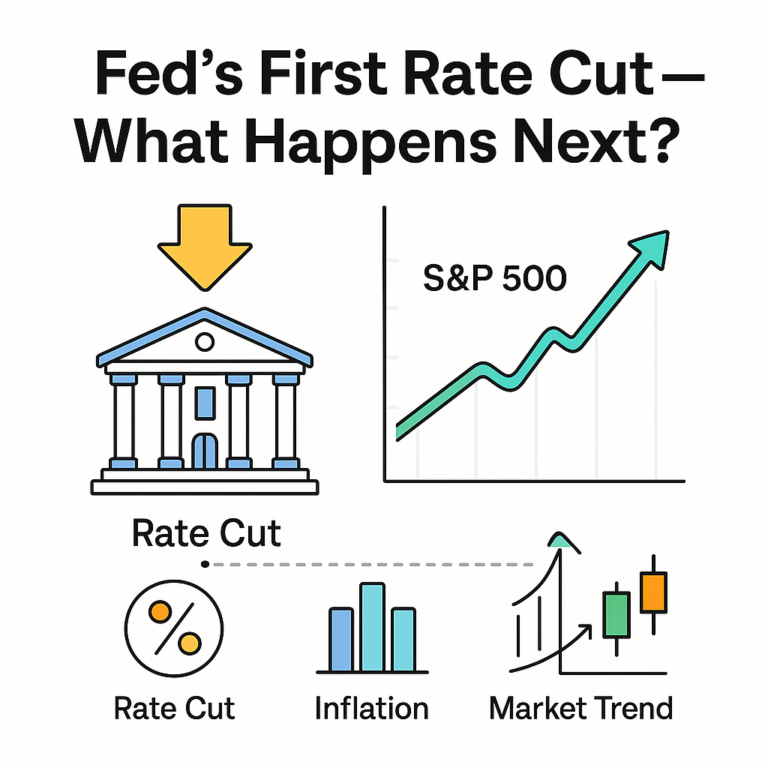Tariffs and Consumer Spending: What the Fed’s Beige Book Tells Us in 2025
The 2025 Fed Beige Book shows tariffs are squeezing U.S. consumers and businesses. Learn how tariffs affect spending and what it means for Fed policy.
Key Takeaways
✔ The 2025 Fed Beige Book highlights weak consumer spending and tariff-driven cost pressures.
✔ Tariffs are raising prices, limiting household budgets, and reducing demand.
✔ Companies are holding back on hiring and adjusting supply chains to manage costs.
✔ Analysts link tariffs directly to the 2025 Beige Book consumer slowdown.
✔ These trends could shape Fed decisions on rates in the coming months.
The Fed Beige Book tariffs consumer spending link is becoming clearer in 2025. According to the Beige Book, most districts reported “little to no change” in activity. Consumers are cutting back as costs rise, and businesses are struggling to protect margins under tariff pressure.
For policymakers, the 2025 Beige Book consumer slowdown provides crucial evidence. How tariffs affect spending is no longer an abstract debate—it is visible in the data. This makes the Beige Book tariff analysis essential for investors, businesses, and households.
Beige Book Snapshot: Tariffs Are Reshaping U.S. Economic Activity
The Fed’s Beige Book shows stagnant conditions across most regions. Tariffs have increased input costs in manufacturing, retail, and food. Wages are not keeping up with inflation, reducing purchasing power.
The Beige Book tariff analysis highlights that households are delaying discretionary spending, while companies face tougher decisions on pricing. The Fed Beige Book tariffs consumer spending connection is visible across multiple industries.
Consumer Spending, Wages, and Hiring in the 2025 Beige Book
Here’s a snapshot of pre- and post-tariff trends emphasized in the Beige Book consumer slowdown:
|
Indicator |
Pre-Tariffs (late 2024) |
Post-Tariffs (mid-2025) |
|---|---|---|
|
Consumer spending |
Stable growth |
Flat or declining |
|
Wage growth |
Matched inflation |
Lagging inflation |
|
Pricing strategy |
Easier to raise prices |
Margins squeezed |
|
Hiring activity |
Expanding headcount |
Hiring freezes, layoffs |
This table from the Beige Book tariff analysis shows the 2025 Beige Book consumer slowdown is tied to tariffs. Spending is weaker, hiring is slowing, and wage growth is no longer offsetting inflation.
Expert Insights on How Tariffs Affect Spending
- Reuters reported the Beige Book signals softer labor and spending, strengthening the case for rate cuts.
- WSJ noted consumers are turning to repairs, used goods, and discounts as tariffs drive up prices.
- Barron’s highlighted that some companies said tariffs pushed steel costs up 50%, cutting into earnings.
These sources confirm what the Fed Beige Book tariffs consumer spending data already shows: tariffs are reshaping economic behavior.
The Ripple Effects on Business and Fed Policy
For households, tariffs mean less real income and weaker demand. For businesses, the Beige Book tariff analysis points to shrinking margins and cautious hiring.
Policy-wise, the 2025 Beige Book consumer slowdown could push the Fed toward rate cuts. Investors are watching closely how tariffs affect spending and whether Fed policy will respond.
September FOMC Meeting and Upcoming Risks
The Fed meets September 16–17. The Beige Book tariffs consumer spending findings could influence a rate cut. But inflation, still near 2.9% on core PCE, remains a constraint.
Tariff policy is another wild card. The Beige Book tariff analysis notes that future tariff hikes or rollbacks could reshape expectations for both consumers and markets.
The 2025 Beige Book consumer slowdown underscores how tariffs affect spending and business strategy. Consumers are cutting back, companies are squeezed, and the Fed faces tough choices.

